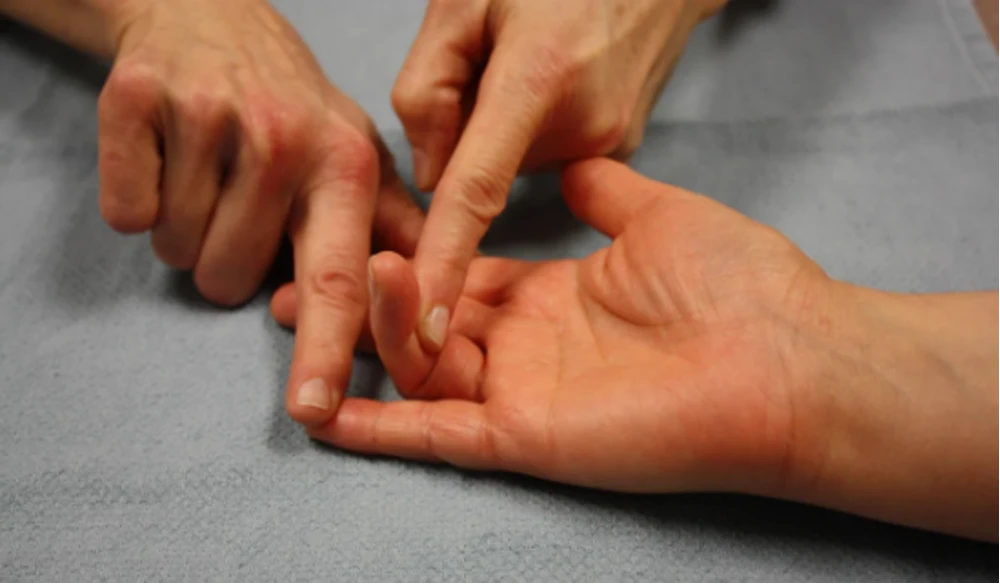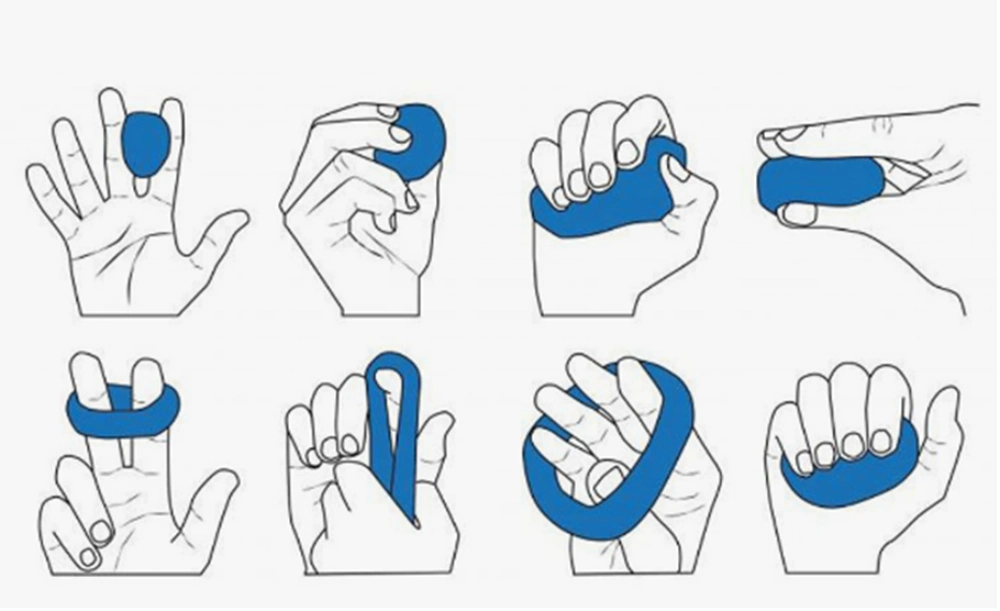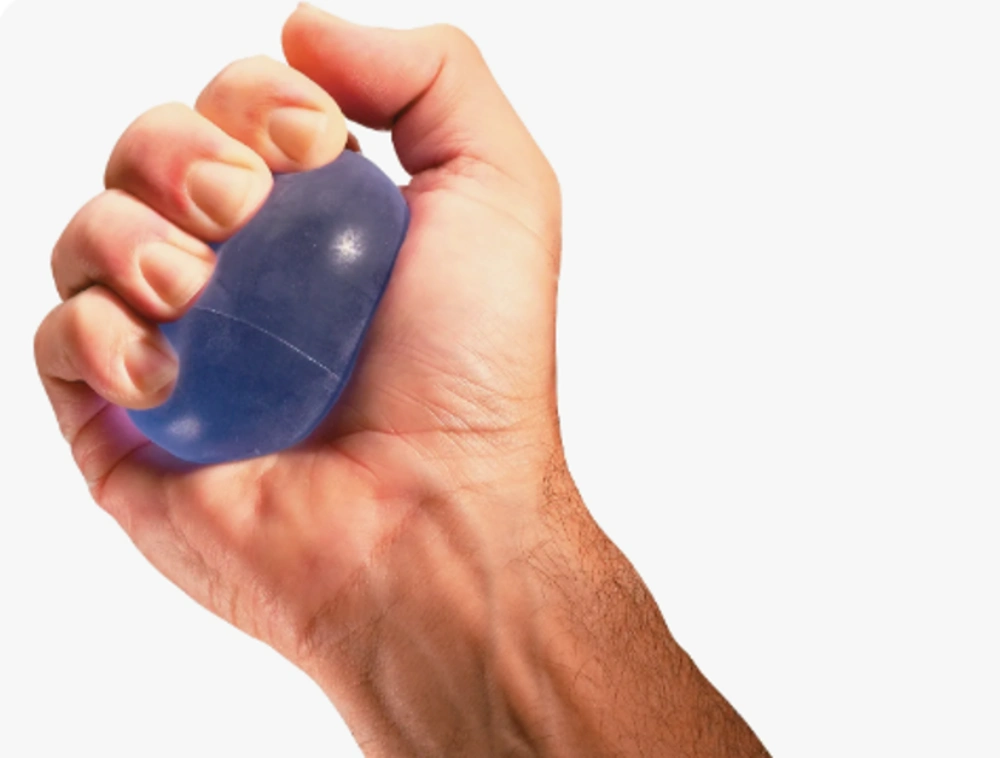Hand function is one of the many parts of life that can be permanently impacted by a stroke. Regaining hand strength and mobility is frequently a critical component of rehabilitation activities West Vancouver for stroke survivors. The purpose of this article is to examine stroke exercises for hand and therapeutic methods designed to facilitate the healing process.

Understanding Stroke and Hand Impairment
A stroke, often called a brain attack, is a condition in which there is a disruption in blood supply to the brain, resulting in damage to brain cells. Hand dysfunction is one of the disabilities that can arise from a stroke, depending on its location and degree. Weakness, spasticity, loss of coordination, and decreased hand and finger range of motion are common post-stroke problems that can be cured by hand exercises after stroke.
Causes of Stroke
It is essential to comprehend the causes of stroke to avoid and treat it. A stroke happens when there is a reduction or interruption in blood flow to the brain, which damages brain tissue. Blood clots obstructing arteries (ischemic stroke), blood vessel ruptures (hemorrhagic stroke), and transitory obstructions (transient ischemic attack) are among the causes. The risk of stroke is increased by risk factors such as obesity, smoking, diabetes, and hypertension. Family history, physical disorders such as atrial fibrillation, and lifestyle decisions all play a role. To lower the risk of stroke, it is essential to identify these factors and modify one’s lifestyle.
How Hand Strengthening Exercises After Stroke Are Helpful?
Exercises for stroke patients hands can be helpful in many ways:
- Hand strengthening exercises improve grip strength, making daily tasks easier.
- They facilitate rehabilitation by promoting neuroplasticity and recovery of motor skills.
- Regular practice prevents secondary complications like muscle atrophy and stiffness.
- Enhanced hand function leads to greater independence and improved quality of life for stroke survivors.
Stroke disrupts the brain’s blood supply, causing hand dysfunction. Understanding stroke causes is vital for prevention. Hand function exercises for stroke improve grip strength, aid recovery, and prevent complications, boosting survivors’ independence and quality of life.

Types of Hand Exercises After Stroke
Some of the hand therapy exercises for stroke patients include:
· Exercises for range of motion
The goal of these exercises is to move the fingers and hand through their whole range of motion. They lessen the chance of contractures by keeping the joints flexible and free from stiffness (permanent tightening of muscles or tendons). Gentle stretching motions, wrist rotations, and finger extensions are a few examples.
· Strengthening exercises
To increase grip strength and general hand function, these exercises focus on the hand and forearm muscles. Stroke survivors can carry out actions that call for grabbing, lifting, and holding objects more skillfully by strengthening their muscles. Squeezing a stress ball, utilizing hand grippers, or doing resistance training with elastic bands are a few examples.
· Exercises for coordination and dexterity
These hand and arm exercises after a strok target the hand and finger fine motor abilities, control, and coordination. They aid stroke victims in regaining the capacity to move precisely and accurately handle objects. Tasks could involve using tweezers to pick up tiny things, stringing beads onto a string, or solving games and puzzles that need deft hand maneuvers.
- Functional tasks
Following a stroke, independence, and confidence must be fostered by engaging in daily activities that are pertinent to the person’s goals and lifestyle. These tasks can be as easy as tying shoelaces or buttoning a garment, or they can be more difficult like cooking, writing, or using electronics. Stroke survivors who participate in treatment sessions can use their newly acquired abilities to work and apply them in real-life settings.
· Techniques for sensory stimulation
The goal of these exercises is to enhance the impaired hand’s motor control and sensory perception. The purpose of tactile stimulation is to improve circulation and enhance sensory awareness by lightly caressing or massaging the hand and fingers. Proprioceptive exercises, which frequently entail weight-bearing or resistance training, aim to improve the brain’s awareness of the hand’s location and movement in space. These methods can aid in enhancing coordination and sensory feedback, which will aid in the total recovery of hand function.
Hand exercises for stroke victims include various techniques, including range of motion, strengthening, coordination, functional tasks, and sensory stimulation. These exercises aim to improve flexibility, grip strength, fine motor skills, independence, and sensory perception.

Hand Therapy Techniques for Stroke Patients
Hand occupational therapy exercises for stroke patients aim to promote recovery and functional use of the affected hand. Here are some effective approaches:
- Task-oriented training: Practice daily tasks to improve hand function in real-life situations.
- Constraint-induced movement therapy (CIMT): Encourage the use of the affected hand by restraining the unaffected hand.
- Mirror therapy: Use mirrors to create the illusion of movement in the affected hand, aiding in motor control and pain relief.
- Sensory stimulation: Engage in activities to improve sensory perception and awareness in the affected hand.
- Virtual reality therapy: Use computer simulations to engage in therapeutic activities, targeting specific rehabilitation goals.
- Electrical stimulation: Apply electrical currents to the affected hand to promote muscle contraction and movement.
- Joint mobilization and stretching: Gentle techniques to improve range of motion and flexibility in the affected hand.
- Biofeedback: Provide real-time feedback on muscle activity to improve movement control.
- Adaptive equipment and splinting: Use devices to support the affected hand and facilitate functional movement.
after stroke rehabilitation exercises
Incorporating Therapy into Daily Routine
When it comes to hand rehabilitation following a stroke, consistency is essential. Daily routines can be made more bearable and adherence can be increased by including hand exercises post stroke to them. Maintaining consistency can be aided by easy tactics like working out while watching television commercials or while waiting for food to cook. A sense of success and drive are also derived from setting reasonable goals and monitoring progress.
Hand therapy techniques for stroke patients aim to promote hand recovery and function. They include task-oriented training, CIMT, mirror therapy, sensory stimulation, virtual reality therapy, and other methods.

Special Considerations and Tips
Stroke survivors may experience difficulties such as sensory deficiencies in the affected hand or spasticity, or rigidity in the muscles. Hand and arm exercises after a stroke must be customized to each person’s needs and capabilities. Adaptive equipment, modifying workout regimens, and consulting medical professionals can all assist in effectively addressing these obstacles.
Conclusion
Following a stroke, hand function rehabilitation necessitates perseverance, patience, and specialized intervention. Stroke survivors can significantly improve their quality of life and restore their independence by including a range of hand exercises and therapeutic procedures in their regimen. Beyond stroke recuperation, a more promising future is possible with the correct assistance and dedication.
To book an appointment for physiotherapy, Vancouver Massage Therapy , chiropractic, etc., contact us on the website.
Stroke Exercises for Hand in West Vancouver Clinic
At West Vancouver Clinic, stroke patients receive personalized hand exercises aimed at improving function and aiding recovery. These exercises include a range of motion, strengthening, coordination, and functional tasks tailored to individual needs and goals. By targeting specific areas of hand function, experienced practitioners aim to empower patients to regain independence and confidence in their daily activities post-stroke. Call us today to set up a session.